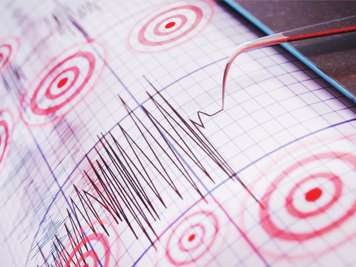Impacted by wildfires or winter weather? Whether you have a business that's been affected or your personal home and assets are damaged, know that you have a team of people to support you. Find resources here.
It’s been four decades since the U.S. saw inflation of the magnitude we’re experiencing today. And because we’re seeing a surge in worldwide inflation, it’s important to be mindful of how inflation and supply chain constraints could impact you in case of a home or property claim.



